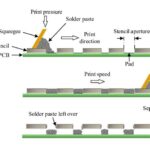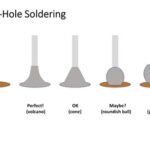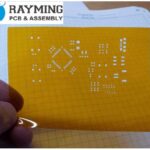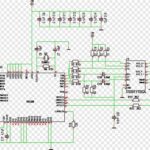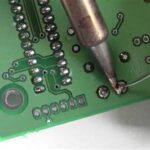
PCB Blog
-
New CadSoft EAGLE DRU files for EAGLE V6
Posted by
–
 Read more: New CadSoft EAGLE DRU files for EAGLE V6
Read more: New CadSoft EAGLE DRU files for EAGLE V6Introduction to CadSoft EAGLE and DRU Files CadSoft EAGLE (Easily Applicable Graphical Layout Editor) is a powerful and user-friendly software for designing printed circuit boards (PCBs). It is widely used by electronic engineers, hobbyists, and students for creating high-quality PCB layouts. One of the essential components of EAGLE is the […]
-
PCBA Visualizer – User Guide – CPL Editor
Posted by
–
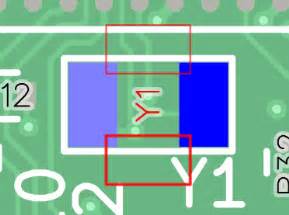 Read more: PCBA Visualizer – User Guide – CPL Editor
Read more: PCBA Visualizer – User Guide – CPL EditorIntroduction to PCBA Visualizer PCBA Visualizer is a powerful tool for visualizing and analyzing printed circuit board assemblies (PCBAs). It allows engineers, designers, and manufacturers to view and interact with 3D models of PCBAs, helping to streamline the design and manufacturing process. With PCBA Visualizer, users can: View and manipulate […]
-
RF pool – insights and details
Posted by
–
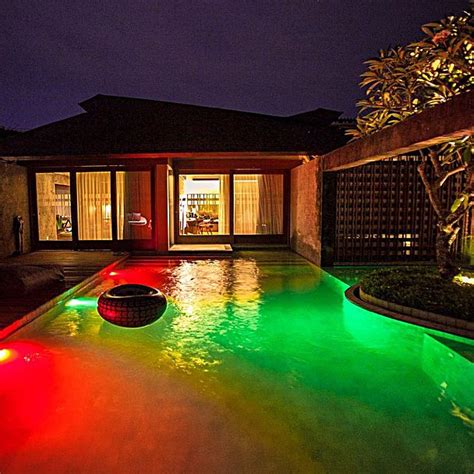 Read more: RF pool – insights and details
Read more: RF pool – insights and detailsIntroduction to RF pool and its importance An RF (radio frequency) pool is a critical component in modern wireless communication systems. It refers to a shared collection of radio frequency resources that are dynamically allocated to different users and devices based on their requirements. The efficient management and utilization of […]
-
IOT Solutions World Congress 2024
Posted by
–
 Read more: IOT Solutions World Congress 2024
Read more: IOT Solutions World Congress 2024What to Expect at IoTSWC 2024 IoTSWC 2024 promises to be bigger and better than ever, with an expanded exhibition area, a comprehensive conference program, and numerous networking opportunities. Attendees can expect to: Discover cutting-edge IoT Solutions and technologies Learn from industry experts through keynote speeches, panel discussions, and workshops […]
-
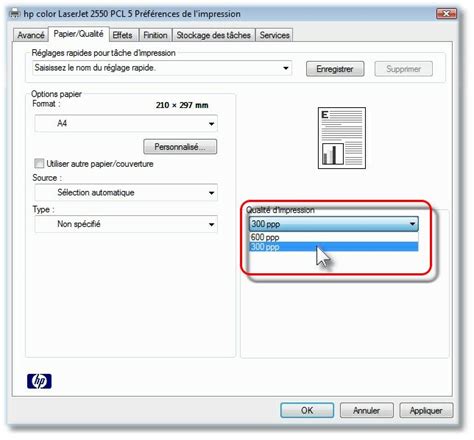 Read more: Till what resolution of components can be printed with the Rayming stencil-mate?
Read more: Till what resolution of components can be printed with the Rayming stencil-mate?Introduction to Printing Resolution Printing resolution is a crucial factor when it comes to the quality and precision of printed electronic components. In the world of electronics manufacturing, the ability to print fine details and small components accurately is essential for creating high-performance devices. The Rayming stencil-mate is a popular […]
-
Copper Distribution on a Panel
Posted by
–
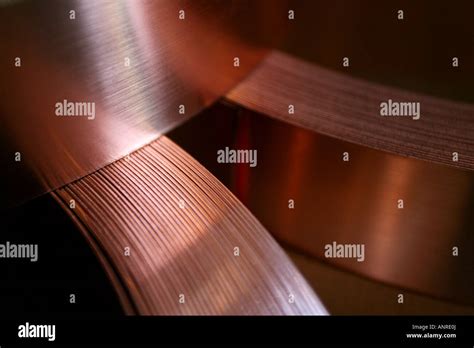 Read more: Copper Distribution on a Panel
Read more: Copper Distribution on a PanelWhy is Copper Distribution Important? Copper distribution on a panel is critical for several reasons: Electrical Conductivity: Copper is an excellent conductor of electricity, making it ideal for creating conductive paths on PCBs. Even distribution ensures that electrical signals can travel efficiently and reliably throughout the panel. Heat Dissipation: Copper […]
-
Embedded World 2024 – Your Personal Ticket
Posted by
–
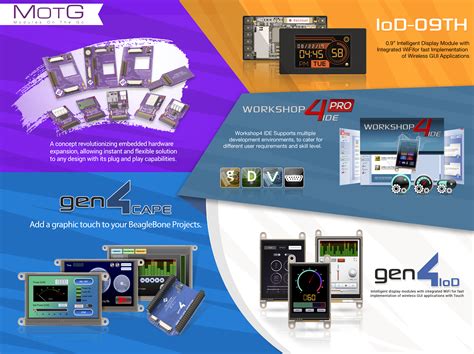 Read more: Embedded World 2024 – Your Personal Ticket
Read more: Embedded World 2024 – Your Personal TicketIntroduction to Embedded World Embedded World is the leading international trade fair for embedded systems, showcasing the latest trends, innovations, and technologies in the industry. The event takes place annually in Nuremberg, Germany, attracting thousands of exhibitors, visitors, and experts from around the globe. Embedded World 2024 promises to be […]
-
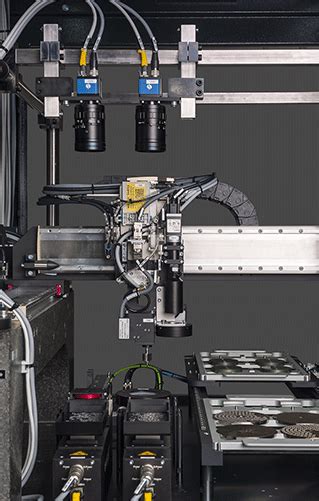 Read more: Placer camera-assisted manual pick and place machine
Read more: Placer camera-assisted manual pick and place machineIntroduction to Placer-assisted pick-and-place In the world of electronics manufacturing, pick-and-place machines have become an essential tool for accurately and efficiently placing components onto printed circuit boards (PCBs). These machines have revolutionized the industry by automating the process of component placement, significantly reducing human error and increasing production speeds. However, […]
-
Rayming-reflow-pilot door open
Posted by
–
 Read more: Rayming-reflow-pilot door open
Read more: Rayming-reflow-pilot door openWhat is the Rayming-reflow-pilot? The Rayming-reflow-pilot is an advanced reflow soldering machine that is widely used in the electronics manufacturing industry. It is designed to precisely control the temperature profile during the soldering process, ensuring optimal results for various types of PCBs and components. Key features of the Rayming-reflow-pilot include: […]
-
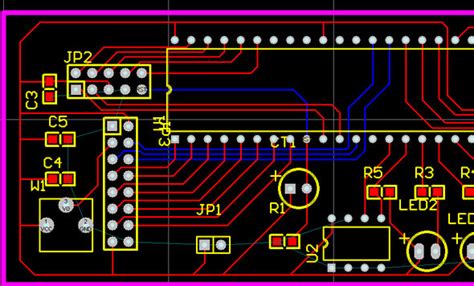 Read more: 10 Rules for Better Data – Avoid PCB Design Issues
Read more: 10 Rules for Better Data – Avoid PCB Design IssuesIntroduction to PCB Design Rules Printed circuit board (PCB) design is a complex process that requires careful planning and attention to detail to ensure the final product functions as intended. To help avoid common issues and create high-quality PCBs, it’s important to follow a set of established design rules. In […]
